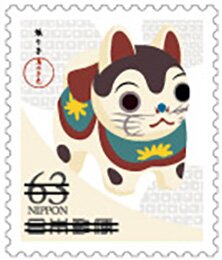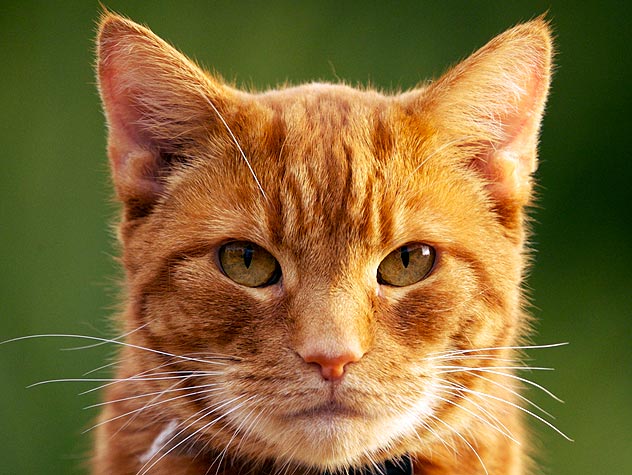Stamp: Toy Cat (Japan 2019)
Toy Cat (Japan 2019)
06 November (Japan ) within release Traditional Colors of Japan (Series III) (2019) goes into circulation Stamp Toy Cat face value 63 Japanese yen
| Stamp Toy Cat in catalogues | |
|---|---|
| Colnect codes: | Col: JP 2019-44Af |
Stamp is square format.
stamp from mini-sheetAlso in the issue Traditional Colors of Japan (Series III) (2019):
- Stamp - Turkeys face value 63;
- Stamp - Birds face value 63;
- Stamp - Traditional Bamboo Instrument face value 84;
- Stamp - Igloo face value 84;
- Stamp - Comb and Hair Pick face value 84;
- Stamp - Orange face value 63;
- Stamp - Mount Fuji face value 84;
- Stamp - Plants face value 63;
- Stamp - Toy Cat face value 63;
- Stamp - Holly face value 63;
- Stamp - Food face value 84;
- Stamp - Lobster face value 63;
- Stamp - Bowl of Food face value 84;
- Stamp - Salmon face value 63;
- Mini Sheet - Traditional Colors of Japan (Series III) face value 10*63;
- Stamp - Cloth and Needles face value 84;
- Stamp - Mice Eating Cheese face value 63;
- Stamp - Teapot face value 63;
- Stamp - Cherry Blossoms face value 84;
- Mini Sheet - Traditional Colors of Japan (Series III) face value 10*84;
- Stamp - Traditional Colors of Japan face value 84;
- Stamp - Plants face value 84;
Stamp Toy Cat it reflects the thematic directions:
The domestic cat (Latin: Felis catus) is a small, typically furry, carnivorous mammal. They are often called house cats when kept as indoor pets or simply cats when there is no need to distinguish them from other felids and felines. Cats are often valued by humans for companionship and for their ability to hunt vermin. There are more than 70 cat breeds, though different associations proclaim different numbers according to their standards.
Cats are similar in anatomy to the other felids, with a strong flexible body, quick reflexes, sharp retractable claws, and teeth adapted to killing small prey. Cat senses fit a crepuscular and predatory ecological niche. Cats can hear sounds too faint or too high in frequency for human ears, such as those made by mice and other small animals. They can see in near darkness. Like most other mammals, cats have poorer color vision and a better sense of smell than humans. Cats, despite being solitary hunters, are a social species and cat communication includes the use of a variety of vocalizations (mewing, purring, trilling, hissing, growling, and grunting), as well as cat pheromones and types of cat-specific body language.
A toy or plaything is an object that is used primarily to provide entertainment. Simple examples include toy blocks, board games, and dolls. Toys are often designed for use by children, although many are designed specifically for adults and pets. Toys can provide utilitarian benefits, including physical exercise, cultural awareness, or academic education. Additionally, utilitarian objects, especially those which are no longer needed for their original purpose, can be used as toys. Examples include children building a fort with empty cereal boxes and tissue paper spools, or a toddler playing with a broken TV remote control. The term "toy" can also be used to refer to utilitarian objects purchased for enjoyment rather than need, or for expensive necessities for which a large fraction of the cost represents its ability to provide enjoyment to the owner, such as luxury cars, high-end motorcycles, gaming computers, and flagship smartphones.


